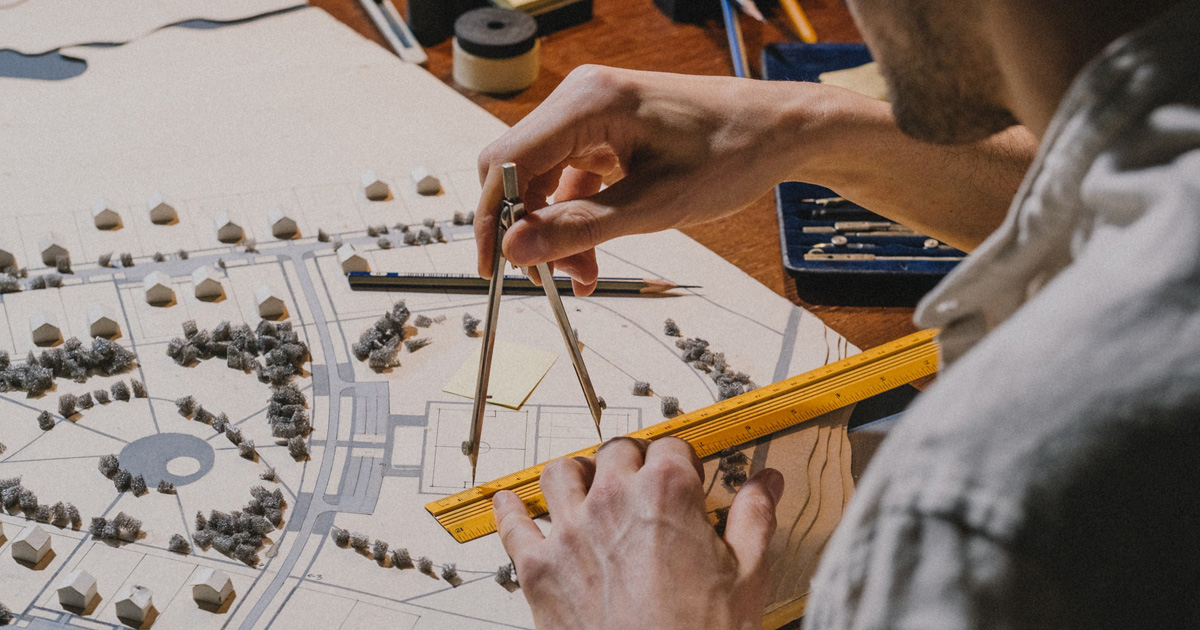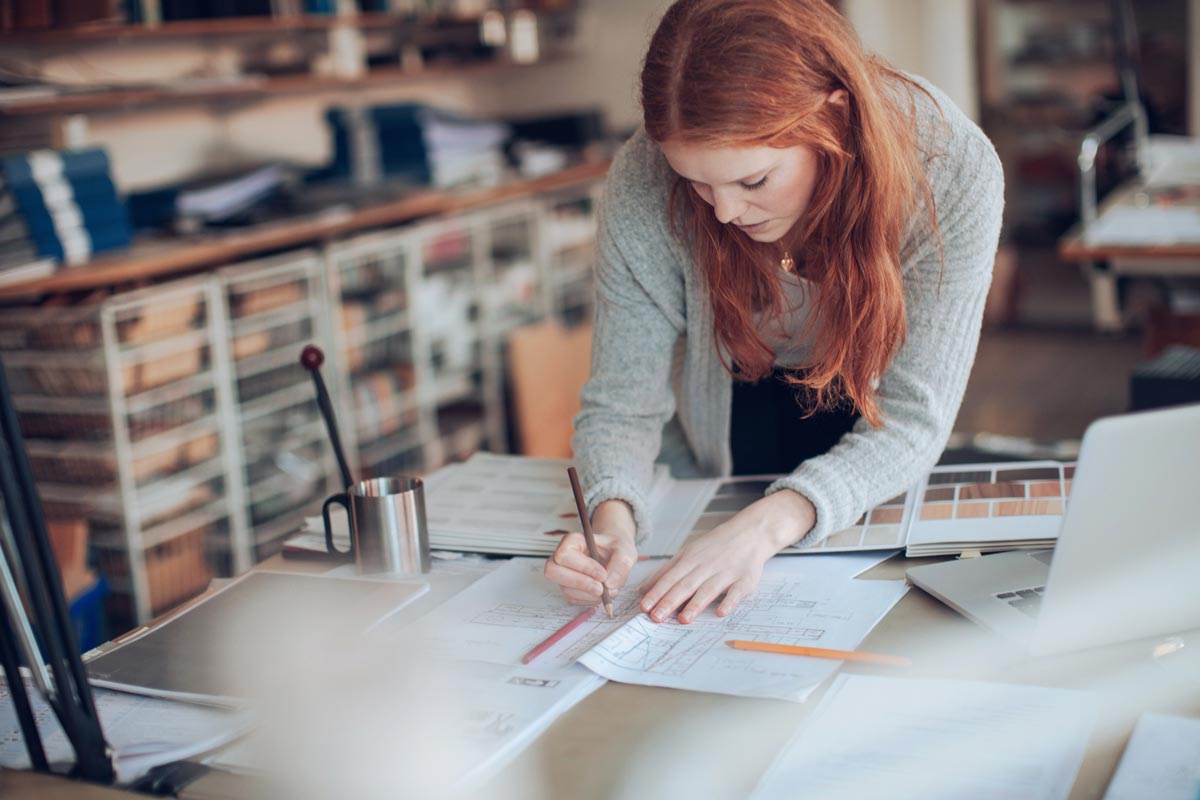Architect Rules for Designing Classic Interiors
Wiki Article
The Duty of Sustainability and Modern Technology in Modern Architect Practices
Sustainability and innovation are reshaping modern-day design in methods you might not anticipate. By accepting smart technologies and environment-friendly materials, engineers are not simply creating structures; they're crafting atmospheres that enhance our top quality of life. This shift isn't just concerning aesthetics or functionality; it has to do with establishing a responsible strategy to our world's future. What's driving this change, and just how can these modifications impact your area?The Importance of Lasting Architecture
Lasting architecture is crucial not just for the atmosphere yet also for improving our top quality of life. You're not just lowering your carbon footprint; you're creating areas that advertise wellness and health when you embrace sustainable style. Imagine living in a home that takes advantage of all-natural light, improves air quality, and decreases power expenses. You'll really feel more comfy and connected to nature.Additionally, sustainable design typically causes stronger neighborhoods. When buildings are designed with environment-friendly methods, they can influence others to do the same, fostering a society of sustainability. You'll see boosted home values and a greater feeling of satisfaction in your surroundings.
Finally, by prioritizing sustainability, you're purchasing the future. You're making certain that future generations appreciate a healthier planet and vibrant areas. So, when you consider your following job, think concerning just how sustainable architecture can boost your life and those around you.
Cutting-edge Materials Changing Structure Practices
As you explore cutting-edge materials in architecture, you'll locate that naturally degradable construction products are reshaping just how we consider sustainability. Recycled material innovations are offering new life to waste, while clever material modern technologies improve constructing effectiveness. These advancements not just promote eco-friendliness yet also press the boundaries of design.Biodegradable Building Products
While traditional construction materials frequently contribute to environmental degradation, biodegradable construction materials are arising as a viable alternative that transforms structure techniques. By incorporating naturally degradable choices right into your styles, you're not just enhancing aesthetic appeal; you're also making a positive influence on the world. As you adjust to these innovative materials, you'll find that they supply durability and convenience, allowing you to produce structures that straighten with contemporary values of sustainability and duty.Recycled Material Developments
Over the last few years, ingenious products with high recycled material have revolutionized structure practices, offering architects interesting new choices - Architect. You can currently incorporate products like recycled steel, which not only reduces waste yet also flaunts excellent strength. Recycled glass is an additional wonderful choice, supplying aesthetic allure while reducing ecological impact
Smart Material Technologies
Smart material innovations are reshaping the way you assume concerning constructing methods, using dynamic services that adapt to transforming problems. These ingenious materials, such as self-healing concrete and thermochromic glass, enhance structure efficiency and sustainability. By integrating smart materials, you can develop energy-efficient styles that respond to their environment, reducing total energy intake.The Combination of Smart Technologies in Design
As innovation develops, incorporating clever options into building style becomes important for creating lasting and effective spaces. You can include wise technologies like constructing administration systems, which optimize power use and boost resident convenience. Sensing units can monitor ecological conditions, readjusting lighting and temperature level immediately based upon real-time data. This flexibility not only boosts individual experience but additionally decreases power usage.Including Web of Points (IoT) devices permits smooth interaction among different structure systems, enabling you to make data-driven decisions that improve capability. Smart products that reply to environmental adjustments can further improve your style, giving dynamic services to ever-changing conditions.
Power Efficiency and Renewable Resource Solutions
While lots of engineers concentrate on aesthetic appeals, prioritizing energy effectiveness and renewable resource remedies is important for sustainable style. You can start by integrating passive solar style, which enhances all-natural light and warm, lowering dependence on fabricated lights and heater. Make use of high-performance insulation and energy-efficient home windows to decrease power loss.Do not ignore eco-friendly power systems-- mount photovoltaic panels or wind generators to produce clean energy on-site. You can also consider incorporating geothermal heating and cooling down systems for an extra lasting temperature policy.
By choosing energy-efficient appliances and lights, you'll not only decrease power usage however also lower functional expenses for developing residents.
Incorporating these concepts right into your styles not only profits the setting yet also enhances the structure's charm and value. Inevitably, your dedication to energy performance and eco-friendly energy will establish your jobs apart in a competitive market.
Water Preservation Methods in Modern Design
Incorporating water preservation techniques into modern-day design is important for creating lasting buildings that decrease environmental impact. You can attain this by integrating rain harvesting systems, which gather and store rain for watering and non-potable usages. look at here now Executing low-flow components and wise watering systems also lowers water usage, ensuring effective usage throughout the building.Take into consideration utilizing drought-resistant landscape design, which needs much less water and promotes biodiversity. Integrating absorptive paving materials permits rainwater to infiltrate the ground, reducing overflow and reenergizing groundwater supplies.
In addition, installing greywater recycling systems can repurpose water from sinks and showers for bathroom flushing or watering, more conserving resources.
The Influence of Biophilic Layout on Well-Being
Biophilic design brings nature indoors, and you'll notice its favorable effects on your health and wellness and happiness. By improving indoor air top quality and linking you with all-natural components, these rooms can change your daily experience. Let's explore exactly how integrating these functions can improve your general health.Nature's Impact on Wellness
When you incorporate components of nature into your surroundings, it can substantially improve your physical and psychological health. Biophilic style, which emphasizes all-natural light, plants, and organic products, fosters from this source a feeling of link to the outdoors. Welcoming biophilic style is an action toward a much healthier lifestyle.Enhancing Indoor Air Top Quality
While several individuals concentrate on visual appeals and performance in style, improving interior air high quality plays a crucial role in your overall well-being. By incorporating biophilic style aspects, you can enhance air quality naturally. Focusing on these facets in your layout will certainly not just raise your space but also advertise a sense of calmness and wellness.Connection With Natural Elements
When you attach with natural aspects in your space, you not only boost its aesthetic allure but likewise substantially improve your health. Biophilic design motivates you to include features like plants, natural light, and natural products. These elements produce a soothing ambience, minimizing anxiety and anxiety.Future Fads in Sustainable Architectural Practices
As the globe encounters pushing environmental obstacles, engineers are increasingly accepting ingenious strategies to sustainability that redefine how we design and build. You'll see a surge in biophilic style, incorporating nature right into city rooms to boost well-being and reduce energy usage. Smart modern technologies, like AI and IoT, are streamlining energy management in buildings, maximizing source usage, and decreasing waste.
In addition, modular construction is acquiring traction, permitting quicker, a lot more reliable structure procedures while reducing environmental impact. Using sustainable materials, such as recovered wood and recycled steels, is becoming conventional technique. As you discover these trends, expect a shift toward circular design, emphasizing the lifecycle of materials and promoting reuse and recycling.
These forward-thinking methods not only address ecological concerns however likewise develop much healthier, a lot more resilient neighborhoods. official statement By remaining informed regarding these trends, you can help form a lasting future in design.
Frequently Asked Inquiries
Exactly How Can Sustainability Affect Project Budget Plans and expenses?
Sustainability can considerably influence job costs and spending plans. You may find that first investments in environmentally friendly materials or modern technologies bring about long-term financial savings with energy performance, minimized waste, and potential federal government rewards, ultimately stabilizing the general expenditures.What Accreditations Exist for Lasting Design?
You'll locate a number of qualifications for sustainable design, including LEED, BREEAM, and the Living Building Obstacle. These certifications assist you demonstrate your commitment to sustainability and can boost your project's credibility and attract customers.
How Does Neighborhood Culture Influence Lasting Design?
Regional society forms sustainable style by mirroring community products, practices, and values. You'll find that integrating regional looks and methods not only appreciates heritage but likewise boosts the capability and approval of your architectural projects.What Role Does Client Education Play in Sustainable Practices?
Customer education and learning's crucial for promoting sustainable practices. When you inform clients regarding benefits, expenses, and environmental effects, you equip them to make educated choices, cultivating a joint strategy that boosts the task's total sustainability.
Just How Can Architects Measure the Success of Sustainability Efforts?
You can gauge the success of sustainability initiatives by tracking power intake, assessing product efficiency, and gathering comments from customers. Regular audits and contrasts against criteria will certainly help you refine your techniques and display renovations efficiently.By incorporating clever materials, you can produce energy-efficient layouts that react to their environment, decreasing general power consumption.While many engineers concentrate on looks, focusing on power performance and eco-friendly power solutions is important for lasting design. Biophilic style, which highlights natural light, plants, and organic materials, fosters a feeling of link to the outdoors. Biophilic layout urges you to include attributes like plants, all-natural light, and natural products. As you check out these patterns, expect a shift toward circular layout, stressing the lifecycle of products and advertising reuse and recycling.
Report this wiki page